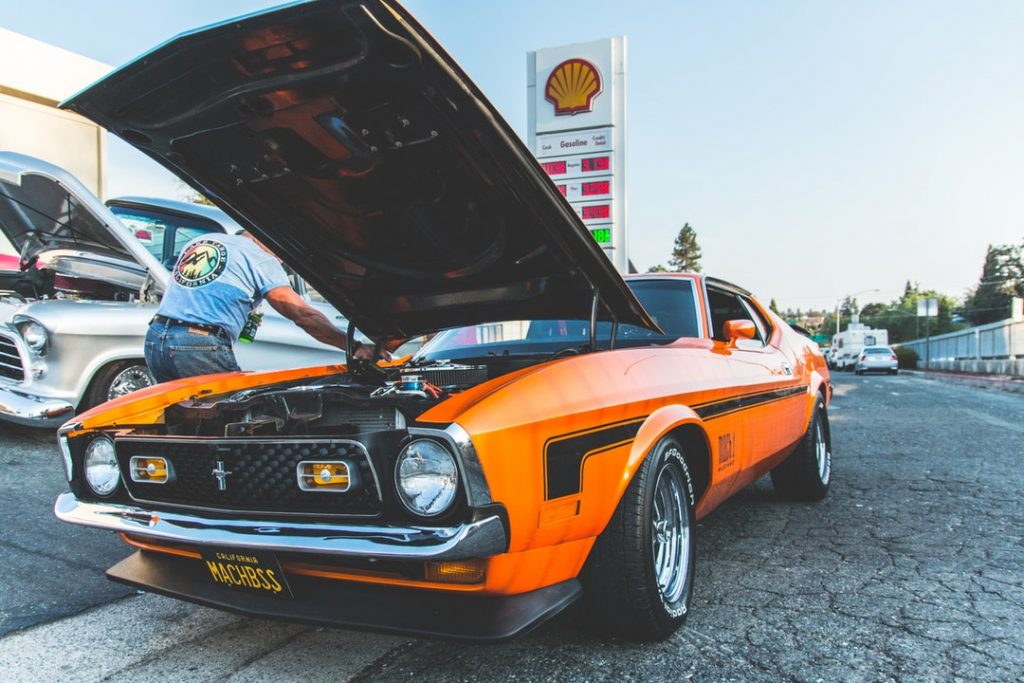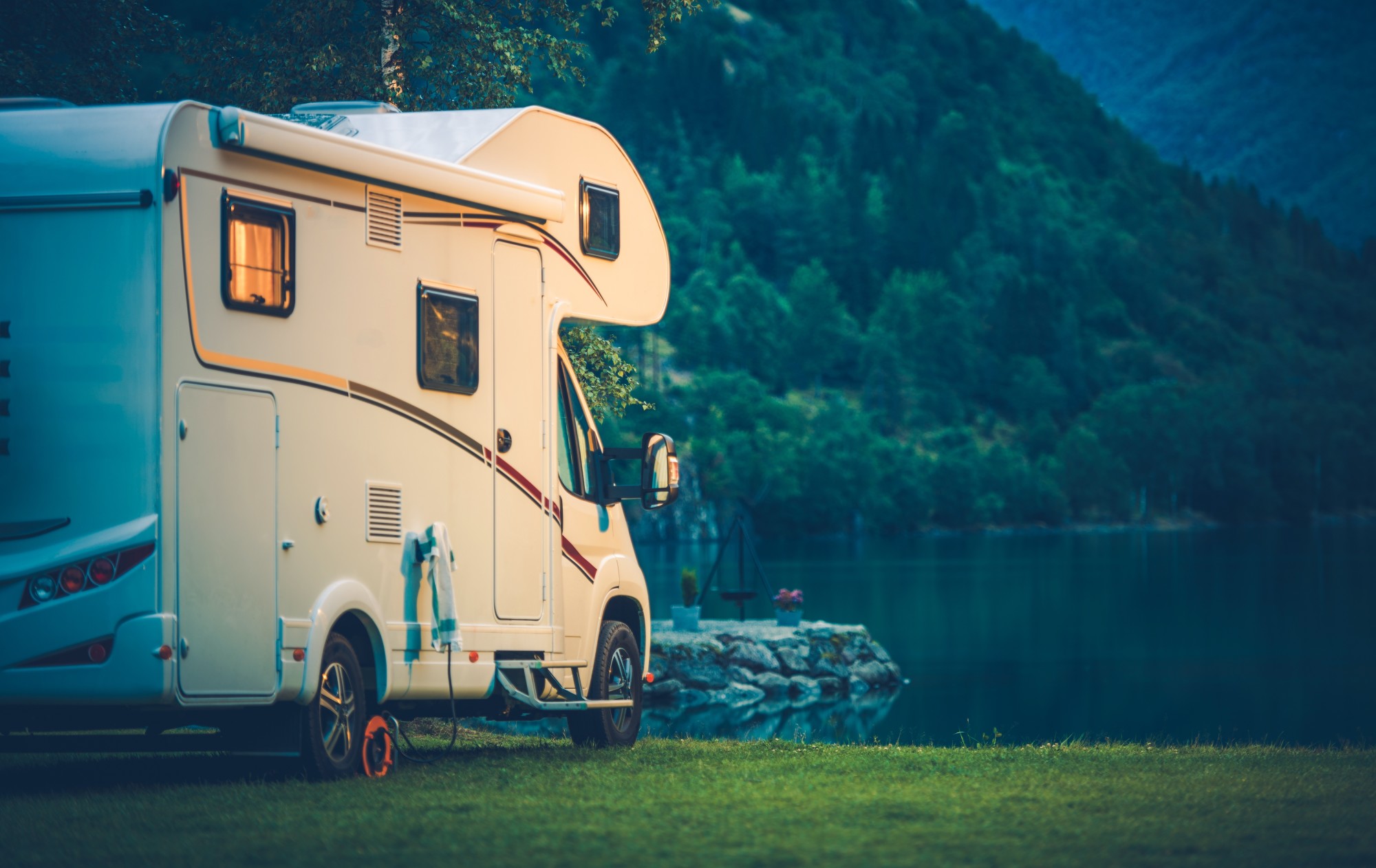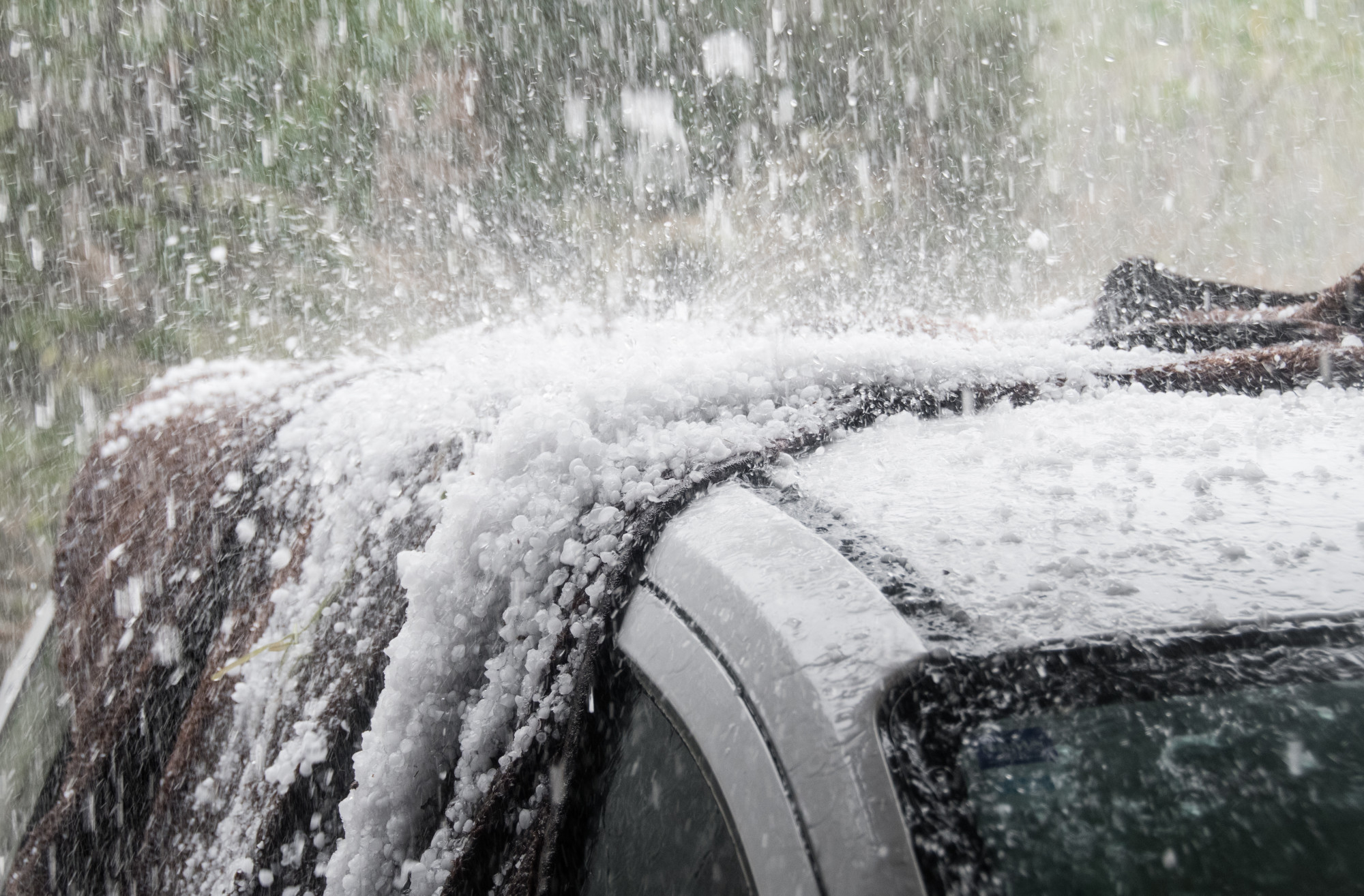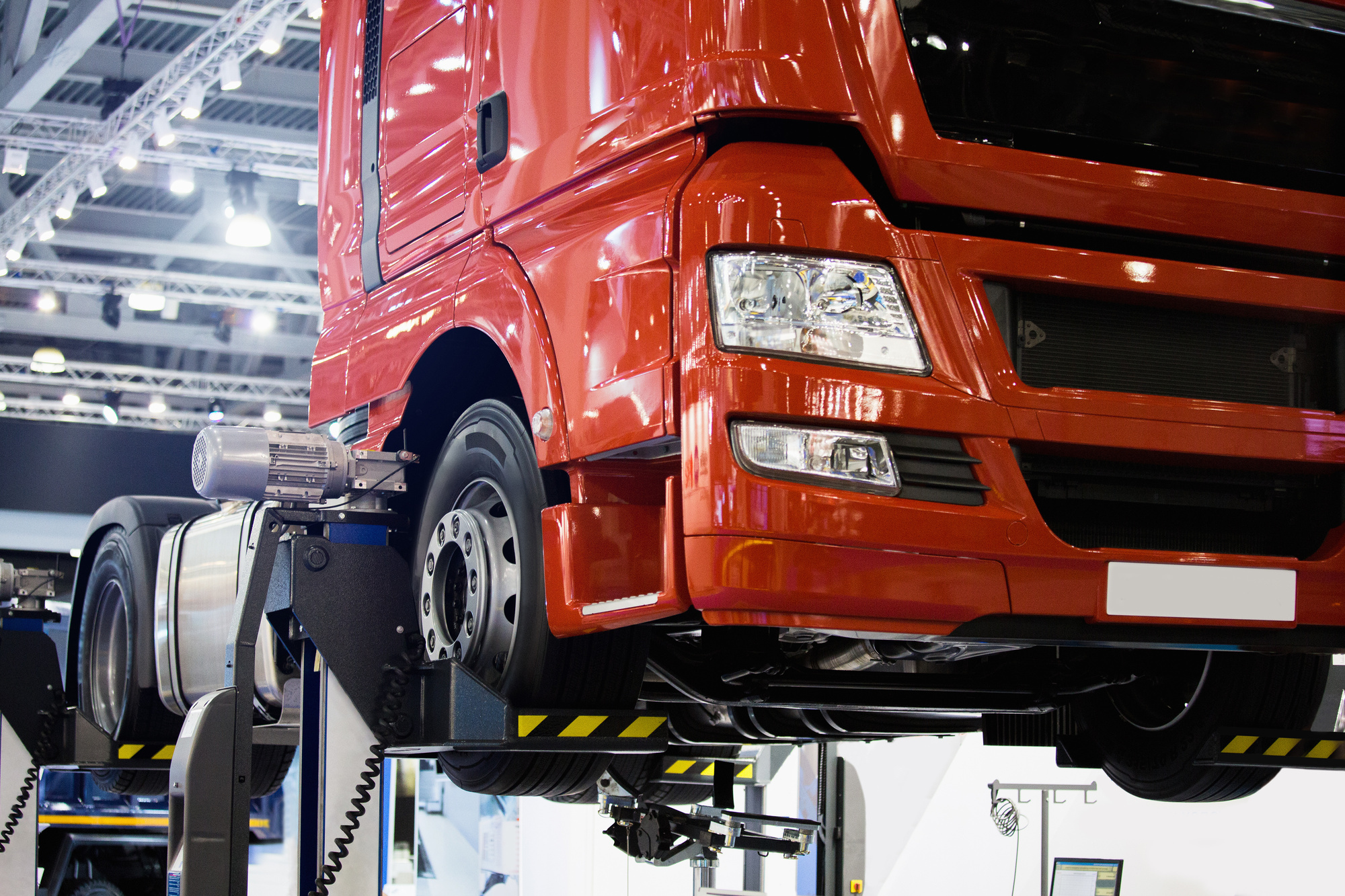
An overheating car is one of the scariest experiences you can encounter while driving. You risk mechanical failure, and you fear for your safety.
Quick thinking and the right actions can eliminate these fears. But what are the right actions to take? Should you pull over immediately or wait?
These are excellent questions, and we will answer them in this guide. When your car overheats, these are the steps to diagnose and fix the problem as quickly as possible.
Keep reading to inspire and educate your inner mechanic.
Reasons Your Car May Be Overheating
Before you fix your overheating car, it helps to understand what the problem is.
There are many reasons your car may overheat. Hot weather and cooling system problems are among the most common.
The problem with hot weather is obvious.
The hotter it gets outside, the harder your car has to work to keep cool. Most modern cars have adequate systems for protecting against hot weather, but still, this obvious explanation is often the most likely one.
Your cooling system has many components, including a radiator, a thermostat, belts, hoses, and a water pump. A problem with any one of these components can spell disaster for your car.
These are just a few of the most common causes of overheating. A trained mechanic can give you more information on your exact problem.
Follow These Steps When Your Car Overheats
Now that you understand a bit more about how overheating happens, what can you do about it? You can start by following the steps below.
This is also not an exhaustive list, but many drivers have used these tips for immediate solutions to their overheating problems.
1. Turn off Your A/C
If it’s a hot day and you’re blasting the air conditioning, shut it off. Open your windows too. Doing these things will decrease your engine’s load and help it cool.
2. Blast the Heat and Blower
If just taking the A/C down doesn’t do the trick, you can go even further in the opposite direction by turning on your car’s heater and blower. This will likely be uncomfortable for you, but it transfers the heat away from the engine effectively.
3. Shift and Rev Your Engine
When you shift into neutral or park while stopped in traffic, you can rev your engine. This speeds up your fan and water pump, which will draw more air and liquid through your radiator to cool it off.
4. Pull Over and Wait
If all else fails, you may need to pull over to the side of the road. If you do, wait a bit until your hood cools down to open it up.
5. Be Patient with Caps
Be patient with the caps on your radiator and engine as well. If your engine needs water or your radiator is low on fluid, wait until they have cooled to add these things.
6. Watch the Temperature Gauge
Once you have treated your engine and radiator, you are ready to restart your car. As you get back on the road, monitor your temperature gauge closely to make sure your solution has worked.
Become the Master of Your Automotive Domain
These steps are a blueprint for what to do when your car overheats. There is no need to panic. All you need to do is put into practice what you have learned here.
There is plenty more to learn about maintaining your car’s engine. To continue your education, check out our guides to fixing automotive engines.




